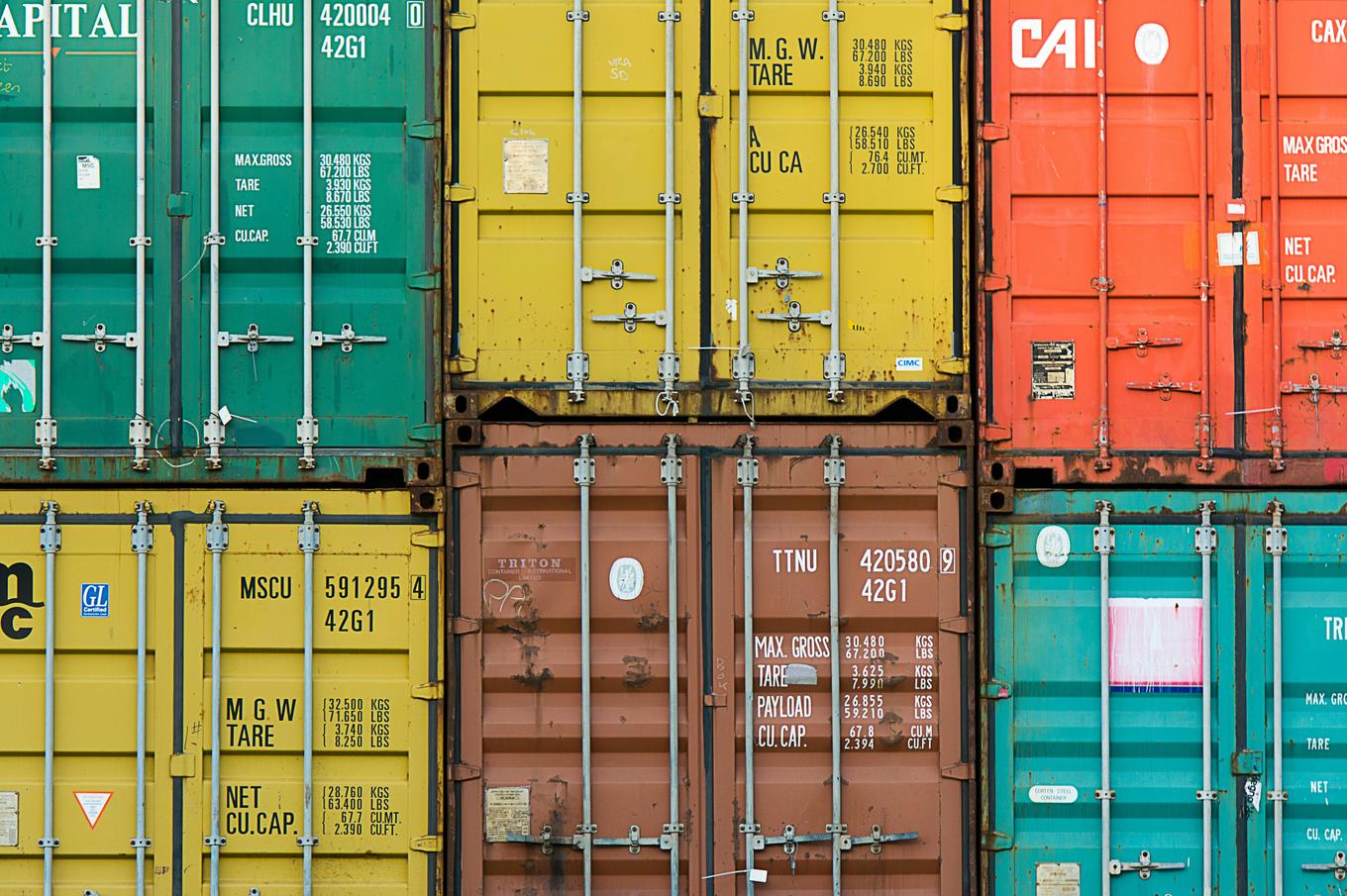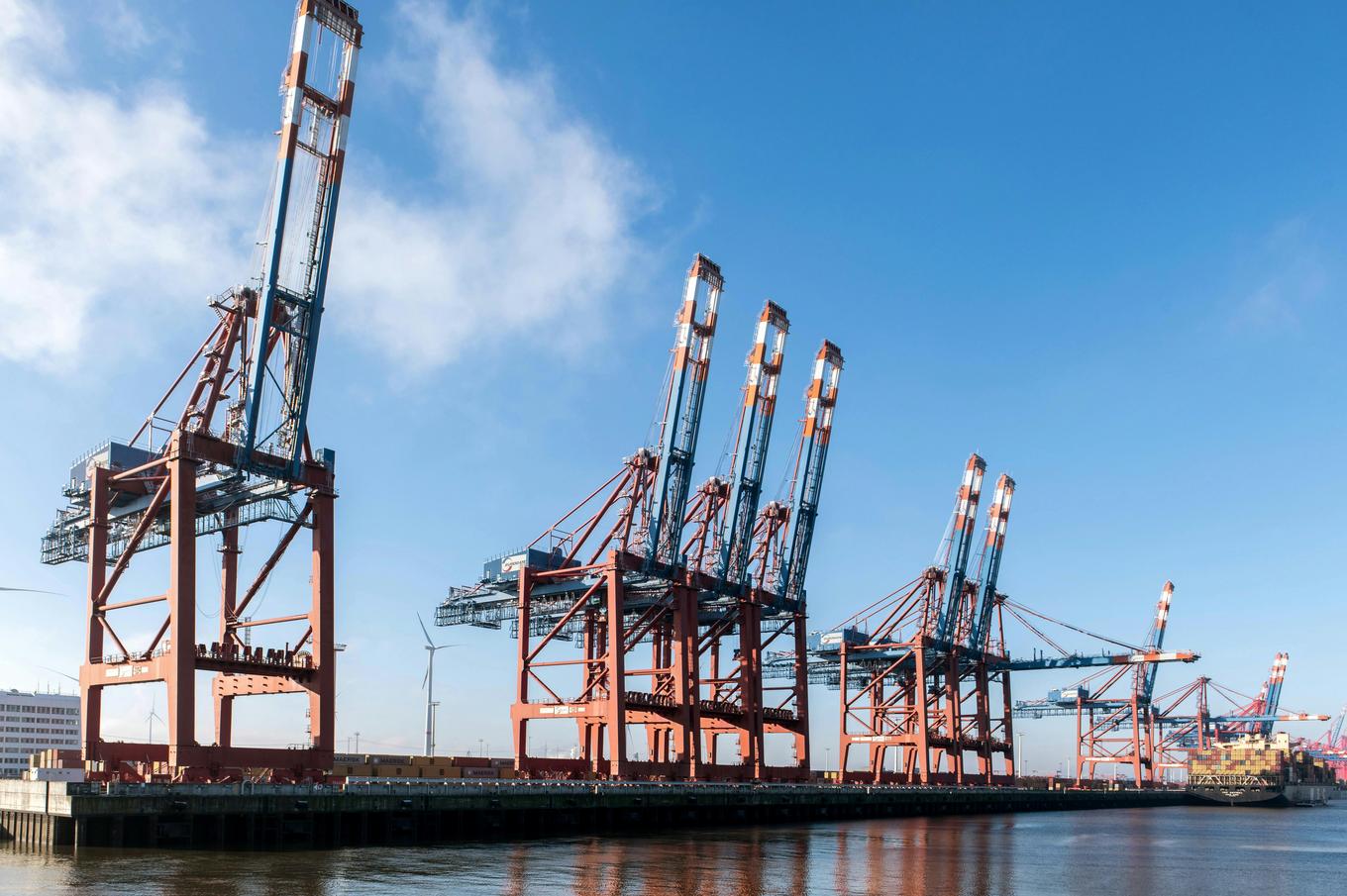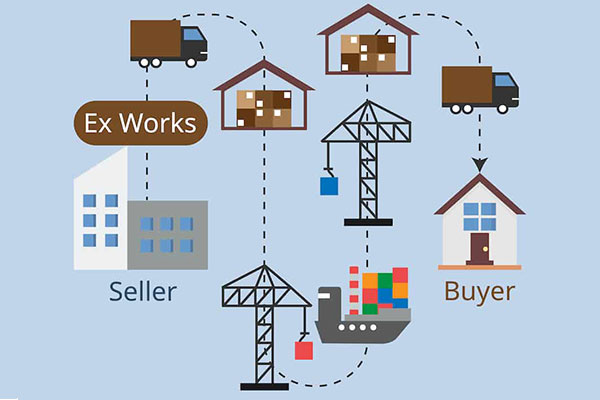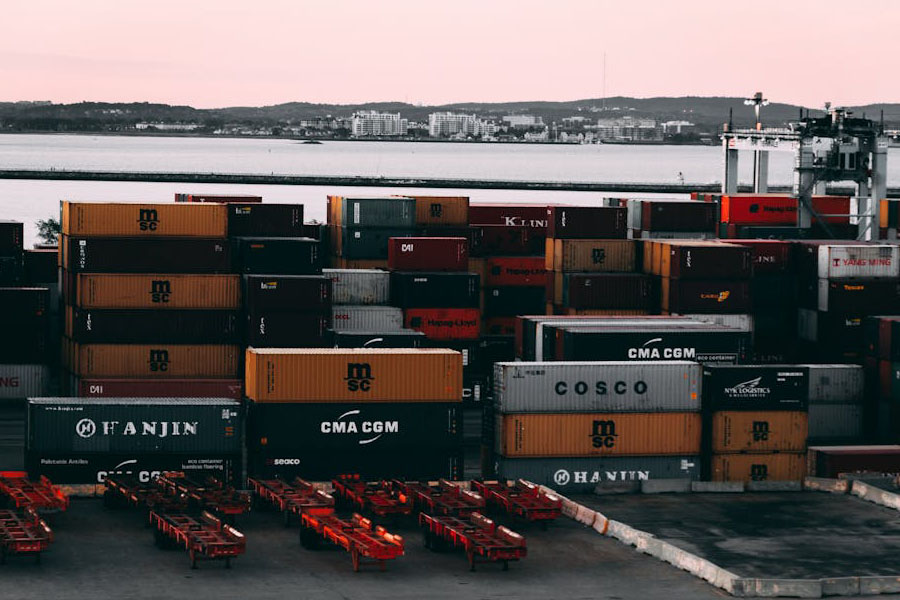- Shanghai Zhongshen International Trading Co., Ltd. – Your reliable partner with 20 years of import/export agency service expertise.
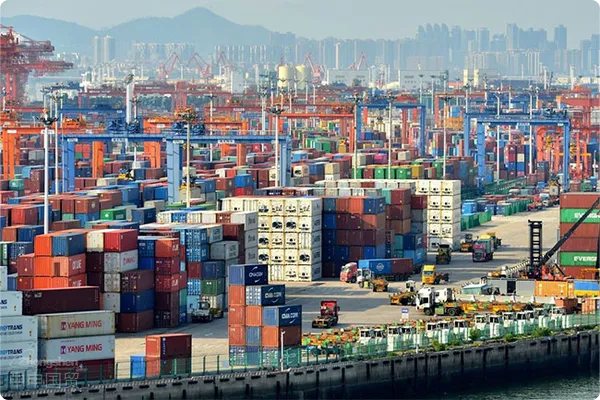
Japanese Imported Apparel:foreign tradeOpportunities and Challenges on the Path
In the global apparel trade landscape, the Japanese market holds a significant position due to its unique consumer demands and fashion tastes. For traders engaged in the clothing import business, importing garments from Japan presents numerous opportunities, yet it also comes with challenges stemming from the complex international trade environment.
Opportunities and Challenges in the Context of International Trade
?Opportunities?
Currently, although the global economy faces certain fluctuations, consumer demand for fashionable clothing remains constant. As one of the trendsetters in the fashion industry, Japan's apparel products possess unique advantages in design and quality. With...Cross-border E-commerceThe vigorous development and continuous expansion of online sales channels have facilitated the entry of Japanese imported clothing into broader markets. Meanwhile, the ongoing advancement of regional trade agreements, such as RCEP (Regional Comprehensive Economic Partnership Agreement), has created more favorable tariff and trade facilitation conditions for the apparel trade in the Asia-Pacific region, including the Southeast Asian market.
Challenges
The uncertainty of international trade policies poses a significant challenge. Rising trade protectionism in various countries, along with frequent tariff adjustments—such as the U.S. imposing additional tariffs on certain imported garments—not only affects the cost and price competitiveness of clothing but may also trigger a chain reaction, impacting other markets. Additionally, the instability of global logistics supply chains, including issues like port congestion and container shortages, has led to increased logistics costs and prolonged transportation times for garment imports.
Professional document handling capability
The Importance of Documentation
In the process of importing garments from Japan, document processing is a crucial step. Accurate and complete documentation forms the foundation for smooth customs clearance and delivery of goods. Common documents include commercial invoices, bills of lading, packing lists,Origin CertificateBooks, etc. The commercial invoice provides a detailed record of the goods' description, quantity, value, and other information, serving as a crucial basis for customs taxation; the bill of lading acts as proof of ownership for the goods, ensuring accurate delivery to the consignee.
Key Points of Document Handling
First, ensure the consistency of document information. Key details such as the description, quantity, and weight of the goods on documents like invoices, bills of lading, and packing lists must be completely consistent. Otherwise, it may lead to customs inspection delays and hinder the release of goods. Second, familiarize yourself with the document requirements of different markets. For example, some Southeast Asian countries have strict regulations on the format and content of certificates of origin, which must be filled out according to their specifications. When handling import documentation for clothing in Japan, pay attention to whether the documents issued by the Japanese side comply with the importing country's standards, such as whether the invoice clearly displays the HS code of the goods.
Our Professional Advantages
Zhong Shen International Trade Co., Ltd.We possess extensive experience and a professional team in document processing. We have an in-depth understanding of international trade regulations and documentation requirements, enabling us to handle all types of documents quickly and accurately. Whether it's routine commercial documents or those involving special trade arrangements, we ensure their compliance and completeness, safeguarding your Japanese imported apparel business.
Efficient logistics arrangements
Selection of Logistics Method
When importing clothing from Japan, the main logistics options available are:Maritime transport,Air freightAnd courier. Sea freight is relatively low-cost and suitable for transporting large quantities of goods, but it takes longer; air freight is faster and suitable for time-sensitive, small batches of high-value garments; courier services offer greater flexibility and are ideal for samples or urgent replenishment. When selecting a logistics method, factors such as the quantity, value, and delivery time of the goods must be comprehensively considered.
Logistics Process and Key Considerations
Taking sea freight as an example, after the goods are loaded onto the ship at a Japanese port, they will go through processes such as transportation, arrival at the destination port, and customs clearance. During transportation, it is essential to pay attention to the safety of the goods and take measures against moisture and sunlight. Upon arrival at the destination port, promptly handling customs clearance procedures is crucial. We recommend preparing the relevant documents in advance and working closely with the customs broker to ensure the goods can clear customs quickly. For perishable or highly seasonal clothing, it is even more important to plan logistics time reasonably to avoid delays.
Our logistics advantages
Zhong Shen International Trade has established long-term cooperative relationships with multiple renowned shipping companies and airlines, enabling us to secure preferential freight rates and stable cargo space. We possess a professional logistics team that is well-versed in...International LogisticsProcess: We can tailor personalized logistics solutions based on your needs. Whether it's door-to-door service or port-to-port transportation, we ensure your cargo is delivered safely and on time.
VTB in the Russian marketConvert foreign exchange into RMBAdvantages
Overview of Foreign Exchange Settlement Process
Foreign exchange settlement is a crucial step in import trade, involving the recovery of funds. Generally, after receiving and inspecting the goods, the importer will pay the exporter according to the contract terms. In international settlements, common methods include T/T (telegraphic transfer), L/C (?L/C?), etc.
VTB Settlement Advantages
For traders engaged in garment import business with Russia, ZhongShen International Trade offers unique VTB foreign exchange settlement convenience. VTB Bank is a key financial institution in Russia, and through our collaboration with VTB, we can streamline the settlement process and accelerate fund transfers. In traditional foreign exchange settlement, businesses may encounter cumbersome bank reviews and exchange rate fluctuation risks. However, via the VTB channel, we can respond more flexibly to exchange rate fluctuations and, leveraging our strong partnership with the bank, expedite the review process to ensure timely and secure settlement of your funds. This advantage provides robust support for your capital turnover amid the increasingly competitive Russian market.
Southeast Asian marketImport and exportProcess and Solution
Import Process
- Market research and supplier selection: Before deciding to import clothing from Japan to the Southeast Asian market, it is essential to conduct thorough market research. Understand the clothing consumption demands, fashion trends, and market competition in different Southeast Asian countries. Through channels such as participating in international clothing exhibitions and online B2B platforms, screen suitable Japanese suppliers. Evaluate factors such as the supplier's reputation, product quality, pricing, and delivery capabilities.
- Sign the Contract: Sign a detailed import contract with the selected Japanese supplier. The contract should clearly specify key terms such as product specifications, quantity, price, delivery time, payment method, shipping method, quality standards, and inspection clauses. Ensure that the contract terms align with the interests of both parties and clearly define the rights and obligations of each party.
- Handling Licenses and Certifications (Assistance Provided): Some Southeast Asian countries may have specific licensing or certification requirements for imported clothing. For instance, certain nations require imported garments to meet particular quality standards or environmental regulations, which may necessitate obtaining relevant quality certifications. Although Zhong Shen International Trade does not directly provide certification services, we will assist clients in understanding the types of certifications required, the application procedures, and the necessary conditions. We will guide clients in preparing the relevant documentation and facilitate communication and coordination with certification bodies to ensure a smooth certification process.
- : The agent needs to arrange an appropriate mode of transportation to ship the bearings to the customers location. When arranging transportation, the agent needs to consider factors such as transportation cost, transportation time, and transportation safety.: Based on the characteristics of the goods and the delivery time requirements, select the appropriate logistics method. As mentioned earlier, sea freight is suitable for large quantities of goods, while air freight is ideal for urgent or high-value shipments. When arranging transportation, it is essential to work closely with the logistics company to ensure the goods are loaded onto the vessel or aircraft on time and to track the shipment status.
- Customs declaration and clearance: After the goods arrive at the destination port in Southeast Asia, customs clearance procedures need to be completed. Prepare all necessary documents, including commercial invoices, bills of lading, packing lists, certificates of origin, quality inspection reports, etc. Declare the goods information to the local customs and pay the relevant duties and taxes. Customs will inspect the goods to ensure they meet import requirements. We are familiar with the customs regulations and operational procedures of various Southeast Asian countries and can assist clients in completing customs clearance procedures quickly and compliantly.
- Pickup and Sales: After completing customs clearance, the goods can be picked up. Transport the goods to the designated warehouse or sales location for sale. During the sales process, it is necessary to comply with local market regulations and business practices.
Solution
Regarding the potential issues of importing Japanese clothing into the Southeast Asian market, ZhongShen International Trade offers the following solutions. For the problem of market information asymmetry, we utilize our own market research team and industry resources to provide clients with accurate market intelligence, helping them formulate reasonable import strategies. When dealing with complex certifications and license applications, we leverage our extensive experience and professional expertise to offer comprehensive assistance, reducing the difficulty and time costs for clients. In terms of logistics and customs clearance, our professional team can optimize processes, improve efficiency, and lower logistics costs and clearance risks.
Product Certification Services
Although ZhongShen International Trade does not directly handle product certifications, we fully recognize the importance of certifications in garment imports. Different countries and regions have varying certification requirements for imported garments. For instance, the EU market imposes stringent certification standards on garments regarding environmental protection and safety, such as the OEKO-TEX Standard certification, which ensures garments are free from harmful substances. In Japan, garments may need to comply with the JIS (Japanese Industrial Standards) certification. For Southeast Asian markets, some countries may require imported garments to pass certifications from local quality inspection agencies. We assist clients in understanding these certification requirements, guide them in preparing the necessary documentation, recommend reliable certification bodies, and provide essential support and coordination during the certification process. This ensures that our clients' garment products can smoothly pass certification and enter the target markets.
In summary, when importing garments from Japan amidst the complex international trade landscape, choosing a professional foreign trade agent is crucial. With its expertise in document processing, logistics arrangements, the advantage of VTB settlement for the Russian market, and in-depth knowledge of import-export procedures for Southeast Asian markets, China Shen International Trade will provide you with comprehensive, one-stop premium services to support your success in the Japanese garment import sector.
Resources
Contact Us
Email: service@sh-zhongshen.com
Related recommendations
Contact via WeChat

? 2025. All Rights Reserved.
